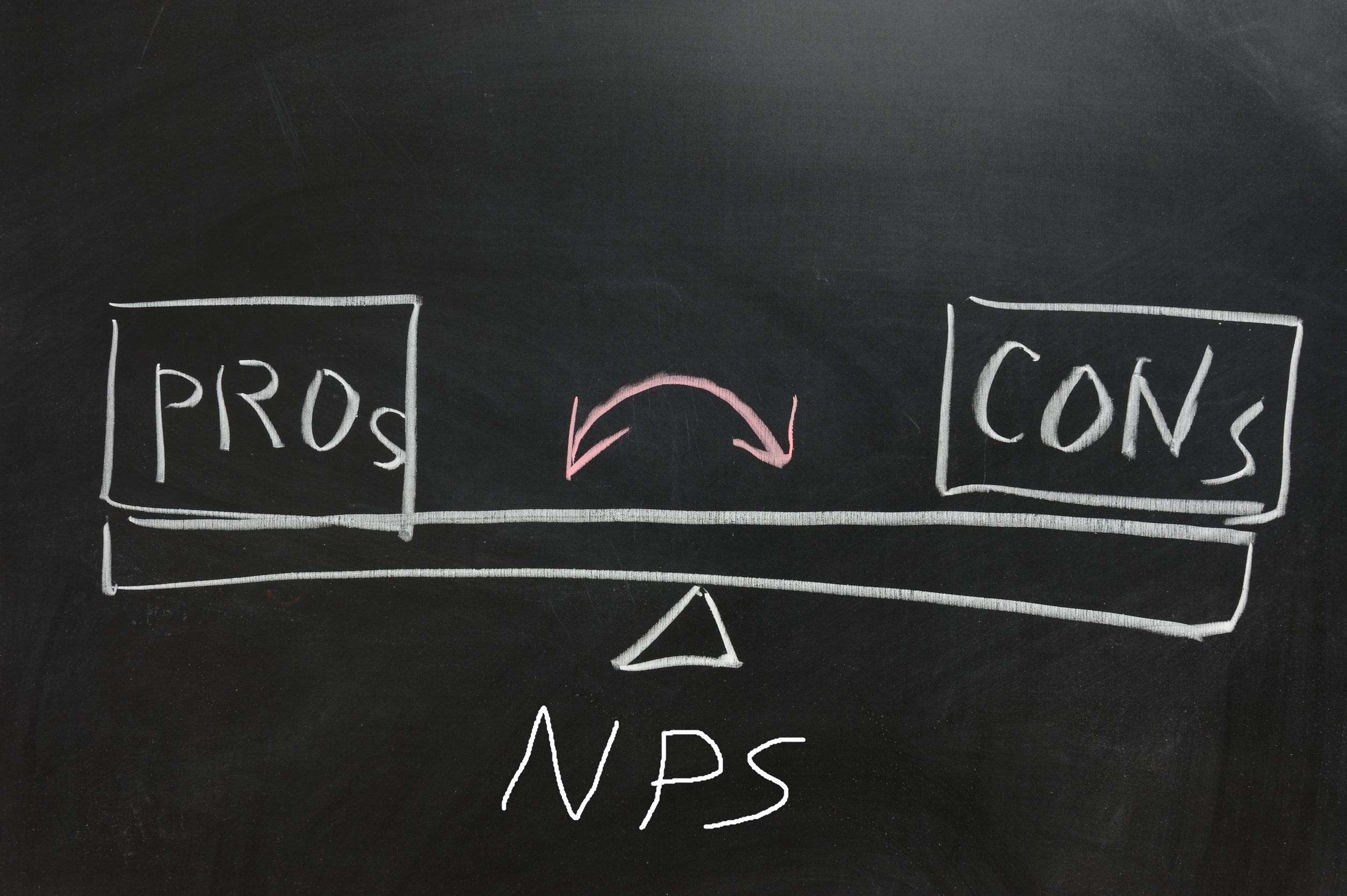CES—Is “Member Effort Score” the New NPS?
Measuring member experience is key to improving your credit union’s services and establishing loyalty in your members. As of now, the Net Promoter Score (NPS) is the most popular method of measuring member loyalty, but some credit unions are finding value in the Customer Effort Score (CES). How does this method compare to NPS and should your credit union be using it?
What is CES and How Does It Work?
The Customer Effort Score (or “Member Effort Score” for credit unions) is a relatively new measurement method that was introduced in 2010 by CEB, a best practice, insight, and technology company. It gauges the level of member service satisfaction by answering one core question: how much effort did you personally have to put forth to handle your request? Answers can be in the form of a 5-point scale (with 1 being low effort and 5 being high effort) or in an agreement/disagreement rating question.
The idea behind implementing CES is that credit unions can create more loyal members by reducing the overall member effort when they encounter problems, rather than delighting them with over-the-top customer service. The higher the CES score, the easier you are making things for your members and the more likely they are to be loyal to your credit union.
NPS Versus CES
NPS has reigned supreme for a long time and is often referred to as the “Ultimate Question”, but this method is not without its flaws. While it is useful as a benchmark against other credit unions and comparing performance, the NPS method isn’t very specific. Understanding why a member wouldn’t recommend your credit union is extremely helpful in order for you to take action to improve.
On the other hand, CES makes it much easier for credit unions to take action because it better able to pinpoint where they need to improve. CES is an accurate way to gauge member loyalty and applicable across multiple member processes in your credit union. However, CES also has its disadvantages as well. It may be more specific than NPS, but it still does not identify the obstacles that members are facing in customer service.
Conclusion
Credit unions have relied on NPS as a measurement tool for years, but there is clearly a benefit in using CES as well. Whereas CES asks a question that deals with specifically with member service, NPS focuses more on the business side of things. Both have their advantages and disadvantages, which is why it can be helpful to use both as a way to measure member satisfaction.
In fact, research by CEB found that businesses with a higher CES also had a higher NPS as well. Experimenting with a blend of the two can help you improve your services and give you a better picture of your member’s loyalty to your credit union. Find out more on how you can get quality instant feedback at a much lower cost by contacting CU Wireless today!





